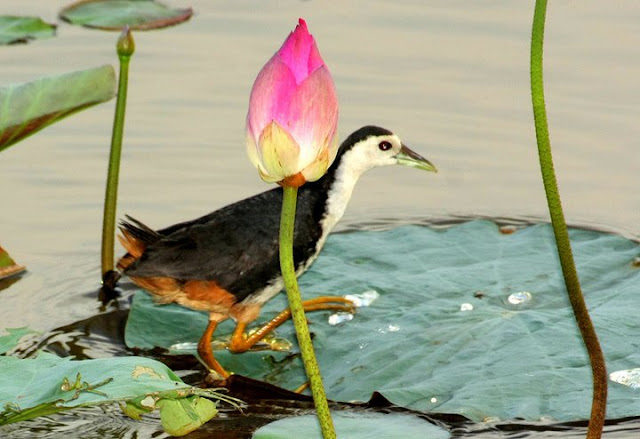The Black-naped Oriole is found in forests, gardens and plantations. It feeds on berries and insects in the canopy. Subspecies diffusus breeds in eastern Siberia, Ussuriland, northeastern China, Korea and northern Vietnam and winters in Thailand, Burma and parts of India.[3] T. C. Jerdon described a bird from the Malabar region that he identified as Oriolus indicus[8] and this is now considered to be Oriolus chinensis diffusus.[9] Oriolus chinensis invisus is found in Southern Annam. The nominate population is from the Philippines. Several island populations have been described including suluensis (Sulu Island), melanisticus (Talaut Islands),formosus (Sangihe), frontalis (Sula Islands), sangirensis (Sangi Archipelago), saani (Moluccas), mundus (Simalur Island), sipora (Sipora Island), richmondi(Siberut and Pagi), insularis (Kangean), broderipii (Lombok, Sumba, Sumbawa, Flores, and Alor Islands), lampochryseus (Masalembo and Keramian Islands),oscillans (Tukang Besi Islands), boneratensis (Islands of Bonerate, Djampea and Kalao), maculatus (Singapore Island, Sumatra, Billiton, Banka, Nias, Java. Bali and Borneo), yamamurae (central and southern Philippines[10] and sometimes treated as identical to the nominate population), celebensis (northern Celebes) and macassariensis (southern Celebes).[11] The subspecies are very closely related and the group forms a clade in which the Eurasian Oriole and Indian Golden Oriole are also nested.[12][13] Calls of O. c. diffusus in winter range In winter populations breeding in eastern Asia winter in the tropical areas of Southeast Asia.[14] Subspeciesdiffusus is an uncommon migrant in many parts of South India and are most regularly seen in the Western Ghats.[5] In Singapore they are believed to have established as breeders only in the 1920s and are today common even within gardens in the city. In the 1880s they were considered rare.[15] |
















































